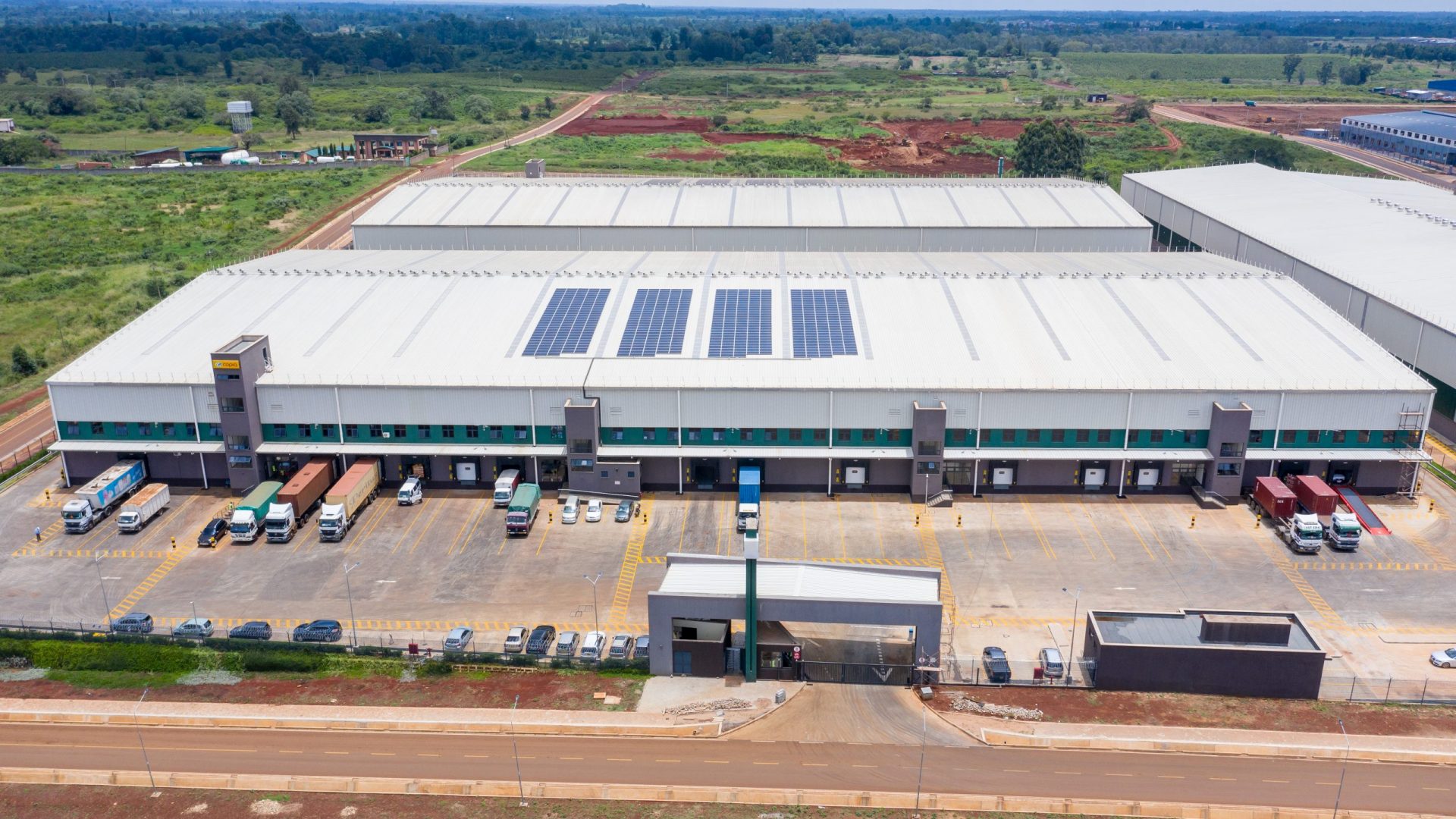Trade finance – typically provided by banks and other financial institutions – is crucial to the success of a developing economy. It’s typically delivered through services such as letters of credit for importers and guarantees for exporters, trade finance facilitates transactions, allowing businesses to buy and sell goods more easily. Throughout the pandemic, we have used it as an effective tool to enable businesses to access capital and maintain operations, without needing to dilute ownership or jeopardise their financial health. In 2020, we agreed trade finance facilities with four partners, with commitments of $385 million.
We hosted an event with Accenture to discuss its role in African economies during the pandemic and its importance as the continent emerges from the crisis. In this session, we welcomed Accenture Managing Director, Patrick McAvoy, WTO Chief Economist Robert Koopman, global trade finance heads, James Binns from Barclays and Bohani Hlungwane from Absa, plus Alexander Malaket of OPUS Advisory Services.
Global trade supply chains have held up relatively well during the COVID-19 crisis, and a robust – albeit somewhat uneven – rebound in trade is now gaining pace across the world. Trade and supply chain finance have played a key role in helping to weather the storm and create a platform for recovery. Accenture managing director Patrick McAvoy commented: “Trade finance has been hugely important through the crisis, not only for development initiatives and impact finance, but also through banks providing liquidity to the real economy. There’s obviously still more that can be done around reaching SMEs at greater scale. But it’s fair to say that trade finance has proven a really important asset and tool to mitigate challenges to liquidity and trade.”
In this article, we cover five of the key themes that emerged from the discussion.
Watch this video for more on how trade finance works, how it can support supply chains, and help protect economies, businesses and jobs
1. Trade finance is becoming more sustainable
The momentum behind the environmental, social and governance (ESG) agenda in corporations and banks is increasing rapidly – the group commented that it had “exploded in the last three or four months” – and will become increasingly central to trade and trade finance. Going forward, trade financing could potentially be structured and priced to positively reward ESG-aligned commercial behaviours.
Opus Advisory President Alexander Malaket commented: “All of the multilaterals, probably without exception, are very focused on the whole sustainability and ESG question in terms of aspects like sustainable sourcing and supply chain visibility and transparency. So there is very much a role for trade financing – including both the traditional trade finance mechanisms and the emerging supply chain finance techniques – to play a role in building back better after the pandemic.” While most ESG criteria applied in financing decisions are currently targeted at environmental and climate impacts, speakers highlighted that the next step will be to incorporate social metrics as well to address the wider sustainability agenda.
2. Trade finance is becoming more inclusive for SMEs
A related trend to the point above is a drive to extend access to trade finance beyond large corporations and open it up to more small and medium-sizes enterprises (SMEs) across Africa and globally.
While SMEs are often vital to global supply chains, they frequently come under the radar of trade finance because their relatively small size makes due diligence on them prohibitively expensive. Technology offers a solution. James Binns, Global Head of Trade & Working Capital at Barclays, explained: “For me, it comes back what we can do with technology around supply chain finance, using it to go not just to the first tier of a supply chain, but to the second and third and even fourth tiers – because that’s when you really start to get to those SMEs who need that funding.” Bohani Hlungwane, regional head of trade and working capital at Absa, added that discussions are underway about the African Continental Free Trade Area (ACFTA) introducing a certification process for smaller providers. “If we do that, I think as banks we would have a much more heightened level of due diligence,” he explained.
3. Collaboration is key
Whether the goal being targeted is expanding trade finance to SMEs or implementing transformative change across trade more generally, common and transferrable standards will play a pivotal role. These allow greater “connectivity” between the physical and financial dimensions of global trade, which are becoming increasingly indivisible as digitisation accelerates post-pandemic.
Barclays’ James Binns commented: “It’s about driving technology down into the supply chain so you can start to link all the different parts together and understand the quality of the funding and the risk end-to-end rather than at just one particular point.”
Accenture’s Patrick McAvoy added: “Technology is really important not just for collaboration across organisations, but also for the ability to monitor transactions at the right level of detail to identify fraud and risk. Systems need to be robust and there needs to be data first. And when we talk about supply chain financing invoices at the atomic level, organisations need to be able to monitor that data in real time to build really robust risk management.”
4. The enduring importance of multilateral institutions and public policy in global trade
Causes of friction in global trade have reduced significantly thanks to actions by the WTO, development banks and various forms of ECA. These institutions have helped to address market gaps, add net financing capacity, and finance businesses and transactions that support international development. Now the pandemic has further reinforced their importance.
Opus’s Alexander Malaket explained: “Back in 2005 there was very serious discourse about the relevance of ECAs and development finance institutions, underpinned by a perception at the time that the private sector was well-positioned to meet all trade financing requirements. I think we’ve learned very strikingly in 2008, and again with COVID, that the private sector can’t fully meet all the requirements from a trade and supply chain finance perspective for a variety of reasons. So it’s very clear that we need public policy and public good-driven capacity around trade finance, through the multilaterals, ECAs and agencies like CDC.”
5. Moving towards supply chain resiliency
The pandemic has caused buyers to diversify their supply chain sourcing to reduce country and supplier concentration risk. Coupled with the rise of sustainable sourcing and better management of strategic suppliers, this has intensified the focus on achieving supply chain resilience end-to-end, by managing risks holistically across the financial and operational aspects.
Barclays’ James Binns commented: “COVID-19 transformed buyers’ behaviour and what they want to get out of supply chain finance. Five or six years ago, large buyers were more interested in their own working capital ratios, trying to generate as much cash as possible by pushing payment terms out. That’s changed completely. Now they’re more interested in supply chain resilience, having extended visibility into their supply chains, mitigating risk, and making sure that funding provision is optimised, both to reduce physical or future risk and also to reduce the cost of that funding across their supply chains.”











